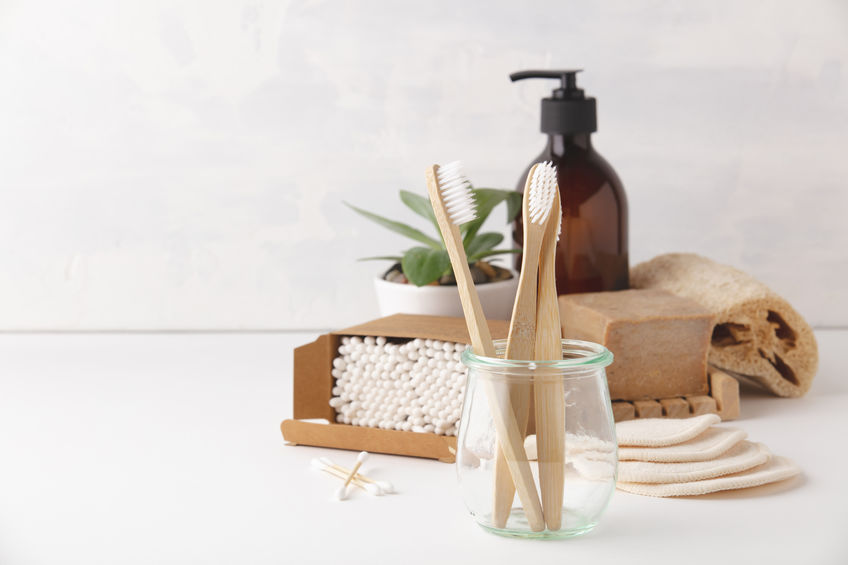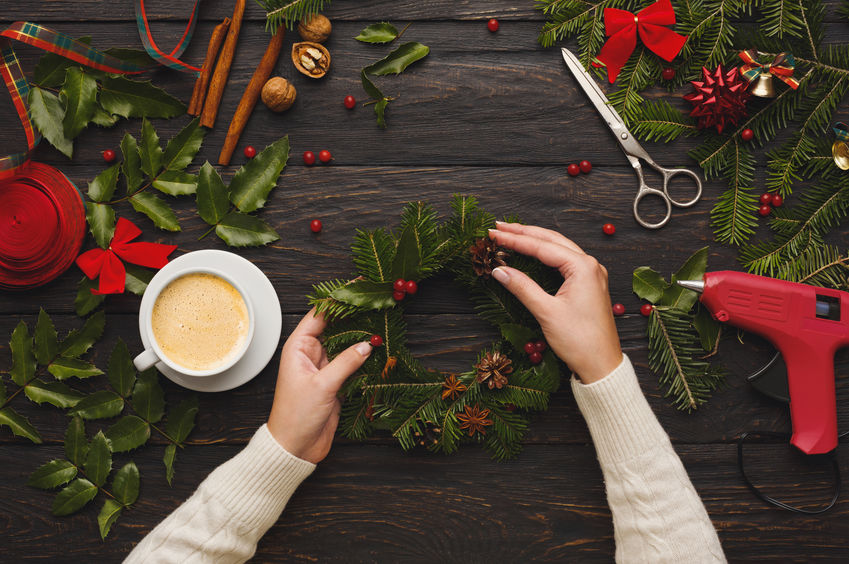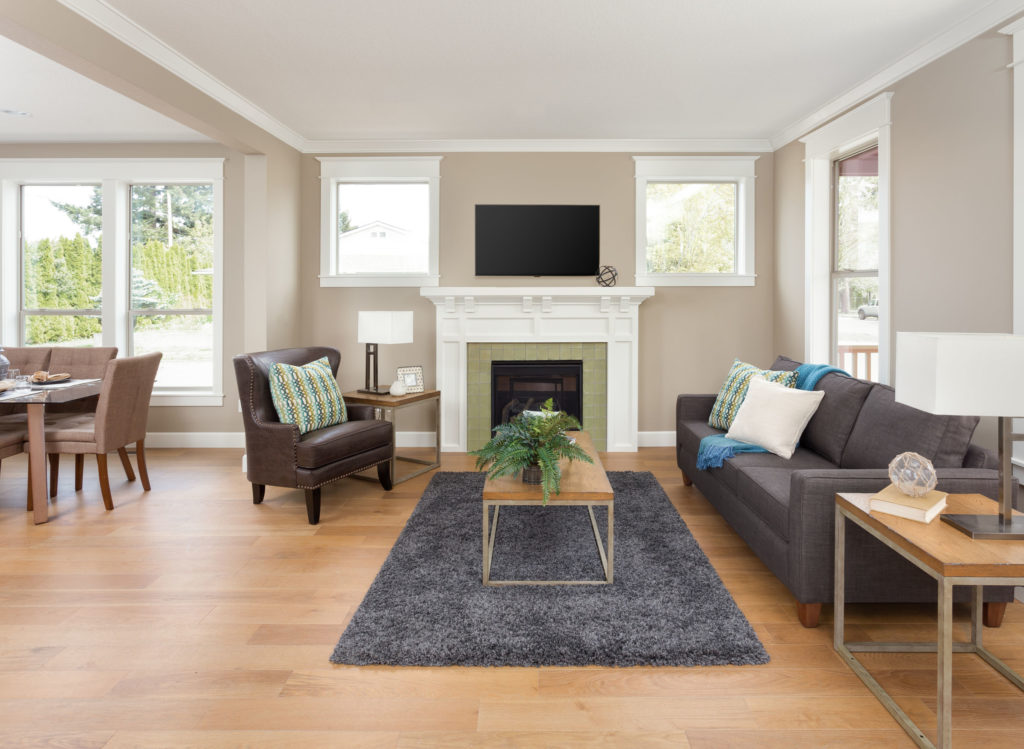
Solvent – A non-flammable spot removal solution, or dry cleaning type solvent, is preferred. Exercise caution when using a solvent. Never pour it directly onto the carpet or allow it to reach the backing, because it can damage the latex that holds the primary and secondary backings together. Acceptable solvents include Carbona®, Energine®, K2R®, Goof-Off®, etc.
Detergent Solution – Mix one fourth (1/4) teaspoon of a liquid dishwashing detergent per one (1) cup of lukewarm water. NEVER USE A STRONGER CONCENTRATION! Thorough rinsing is necessary to remove detergent residues that may cause rapid soiling. It may be necessary to rinse with warm water several times to completely remove residues. (See Residue Precautions.) Care should be used in selecting a detergent. Never use a laundry detergent of any type, because laundry detergents may contain optical brighteners (flourescent dyes) that dye the fiber. Do not select an automatic dishwashing detergent because many contain bleaching agents that destroy dyes and some fibers.
Vinegar Solution – Mix one (1) cup of white vinegar per two (2) cups of water. White vinegar is a 5% acetic acid solution. It is used most often to lower the alkalinity caused by detergent solutions or alkaline spills.
Warm Water – Lukewarm tap water should be used in most cases to rinse the cleaning solutions from the fiber. Failure to completely rinse the solutions from the fiber may cause accelerated soiling.
Ammonia Solution – Mix one (1) tablespoon of household ammonia per cup of water. Please note: Be aware that ammonia, if used improperly, can cause a color change. Be sure to test a hidden area.
When in doubt, call a professional – Professional cleaners have the ability and the equipment to use more aggressive cleaning solutions to remove stubborn spills. Always consider consulting a professional cleaner regarding any spot removal question. Carpet and Rug Institute – 1-800-882-8846.








